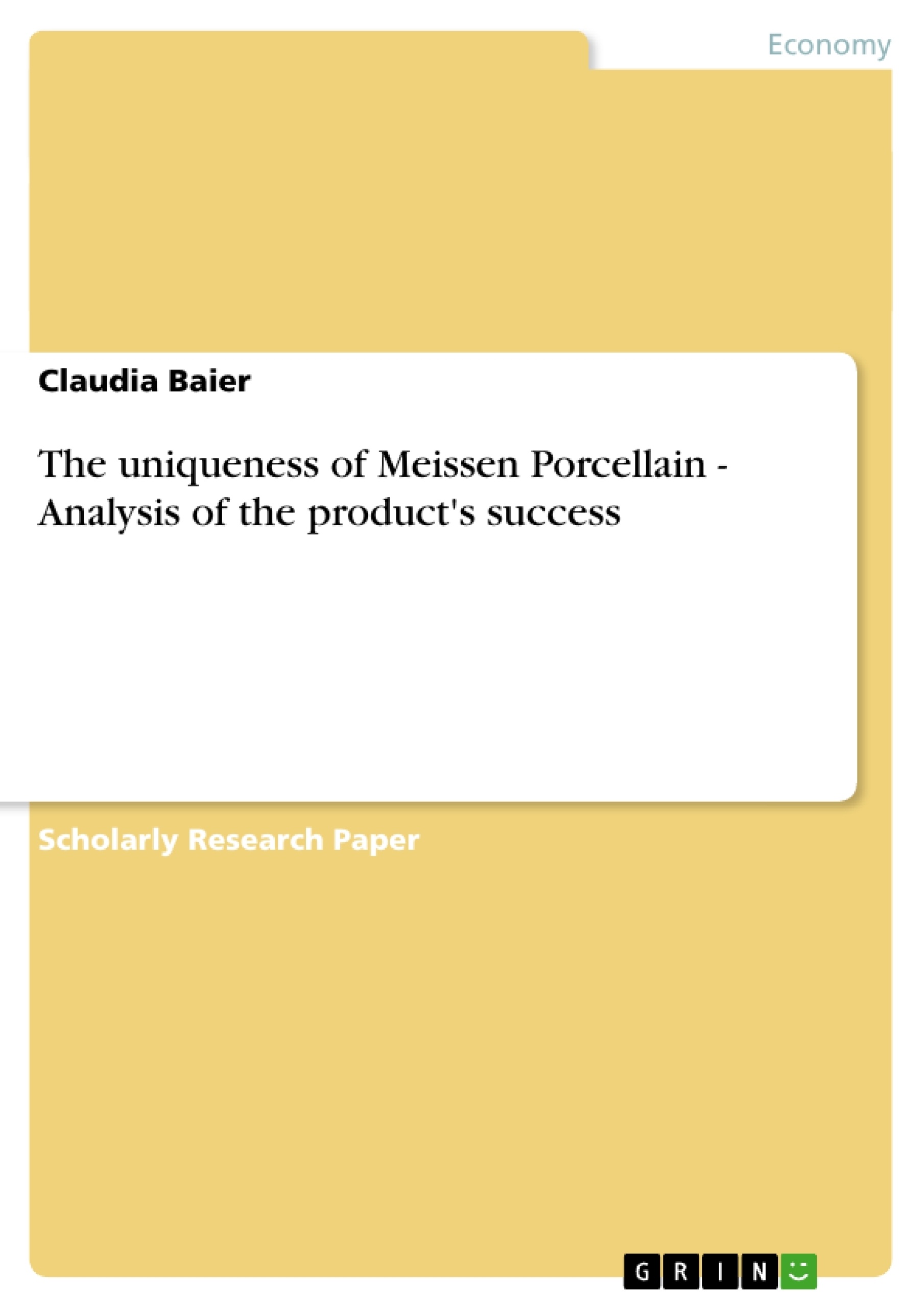Already in the 7th century AD, the secret of making porcelain was known to the Chinese. For 1000 years, porcelain was the symbol of the mysterious world of the Far East which has been virtually closed to European travelers and explorers; that is why European rulers were very enthusiastic with the „white gold“ from the East. The Staatliche Porzellan-Manufaktur in Meissen was the first and oldest porcelain manufactory in Europe, founded in 1710 in the late Gothic Albrechtsburg to keep the secrets hidden away from competitors. The entire porcelain production takes place in Meissen. The manufactory Meissen has kept quality as the foremost priority on the same high level over centuries. The Meissen patterns with their delicate execution are achieved by hands. This way every customer can be sure that the aura of authenticity and uniqueness for the connoisseur. This aura has made Meissen porcelain famous throughout the world. Meissen determines trends and conjures up dreams. As an example, the book that Meissen now has issued is the absolute first in its class worldwide. „It is the first book with pages made of porcelain and containing a selection of poems and paintings of roses.“
Inhaltsverzeichnis (Table of Contents)
- From Chinese to Meissen Porcelain
- The underlying reasons for the worldwide tremendous success
- History
- August II and the Chinese porcelain
- The trademark
- Extraordinary quality
- Manufacturing
- Painting
- The symbol of luxurious savoirvivre
Zielsetzung und Themenschwerpunkte (Objectives and Key Themes)
The aim of this text is to analyze the factors that contributed to the exceptional success of Meissen Porcelain, a renowned German porcelain manufacturer. It explores the historical context, the distinctive qualities of Meissen porcelain, and the brand's enduring reputation for craftsmanship and luxury.
- The historical development of Meissen Porcelain from its origins in Chinese porcelain
- The key factors that contribute to the remarkable success of Meissen Porcelain in a competitive market
- The unique features of Meissen porcelain, including its craftsmanship, materials, and design
- The cultural significance of Meissen Porcelain as a symbol of luxury and savoir-vivre
- The influence of Meissen Porcelain on the development of the porcelain industry in Europe and beyond
Zusammenfassung der Kapitel (Chapter Summaries)
- From Chinese to Meissen Porcelain: This chapter traces the origins of porcelain production, highlighting the influence of Chinese porcelain on the development of the Meissen manufactory. It describes the founding of the Meissen Porcelain factory in 1710 and the early years of its operation, emphasizing the importance of secrecy and the pursuit of quality.
- The underlying reasons for the worldwide tremendous success: This chapter delves into the reasons for the remarkable success of Meissen Porcelain. It explores the historical context, the unique properties of the porcelain, and the brand's enduring appeal. It highlights the role of craftsmanship, artistry, and marketing in building the brand's reputation for luxury and quality.
- History: This section examines the historical context of Meissen Porcelain, focusing on the role of August II the Strong, the founder of the manufactory, and his passion for Chinese and Japanese porcelain. It also highlights the contributions of key figures like Johann Friedrich Böttger and Joachim Kaendler.
- The trademark: This section explores the significance of the Blue Swords trademark, a symbol of quality and authenticity that has distinguished Meissen Porcelain for centuries. It discusses the evolution of the trademark and its role in protecting the brand from counterfeiting.
- Extraordinary quality: This section focuses on the exceptional quality of Meissen Porcelain, highlighting the meticulous manufacturing process and the unique properties of the materials used. It also explores the significance of skilled craftsmanship and the artistry of the painters.
Schlüsselwörter (Keywords)
Key terms and concepts related to this text include Meissen Porcelain, porcelain production, craftsmanship, artistry, luxury, savoir-vivre, brand reputation, historical context, Chinese porcelain, European porcelain, trademark, manufacturing process, materials, design, and cultural significance. The text also explores the concept of "white gold" as a symbol of wealth and status, and the importance of innovation and tradition in the success of a brand.
- Quote paper
- Claudia Baier (Author), 2003, The uniqueness of Meissen Porcellain - Analysis of the product's success, Munich, GRIN Verlag, https://www.grin.com/document/28512




